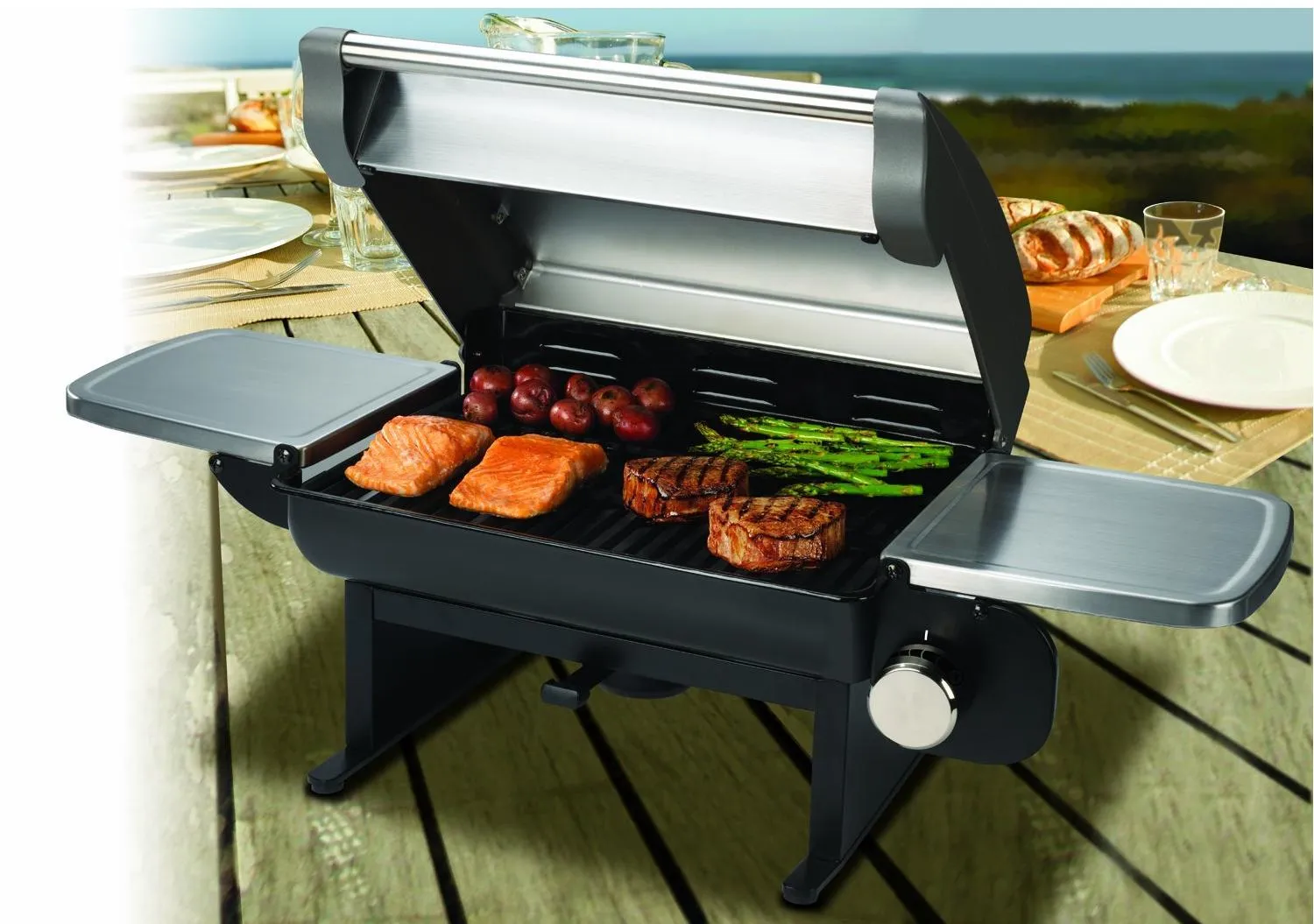

chefalbert
View ProfileMany people consider it much better and easier to use the ceramic sharpener as compared to other manual knife sharpening tools, such as steel rods or sharpening stones.
Generally two or three passes on both sides of this kitchenware utensil is what will be needed to sharpen not only your kitchen knives, but also a wide range of other knives or tools.
In fact, several manufacturers – such as IKEA – advise their customers to use a ceramic knife sharpener rod for the maintenance and longevity of their knives.
Lansky knife sharpener rods are considerably more aggressive compared to steel rods, so please be sure to read the instructions before you use this tool for the first time. The correct way to use ceramic rods is slightly different to other sharpening tools, however the instructions included in the package are clear, simple and easy to follow.
Another feature, that many people like about this product is that it has a dark gray color, even when it is brand new. That means that it will not have to be cleaned as often as other knife sharpeners and it will still look like new.
The Lansky Ceramic Knife Sharpener is 8 inches long and is ideal for sharpening short or medium knives however it might be a little bit short for sharpening large slicers or chefs knives and so these will take a little longer to sharpen.
When you first try this tool out, you might find it difficult to get the right angle. If this is the case, point the rod down into a cutting board, holding it in a vertical position, you can easily sharpen your knives, honing them down against the sides of the sharpening stick at an angle more or less consistent with the established bevel.
Knife sharpeners made from ceramic materials are brittle so care must be taken not to drop them. As the Lansky ceramic knife sharpener does not contain metal it will not be possible to hang it on a magnetic knife rack.
Pros & Cons
 Pros:
Pros:
One of the first features appreciated by customers is the ability this knife sharpener has in producing sharp edges with perfect angles.
These are difficult to achieve with other sharpeners but with the Lansky kitchen tool the task is quite easy.
The design of this tool allows you to set the angles according to your needs, reducing the risks associated with the sharpening process. Being very precise, this knife sharpener produces the exact edges you want it to.
Another pro of this sharpener from Lansky is the reasonable price.
Although there are other systems with higher flexibility on the market, their price is also higher. Other manufacturers offer cheaper sharpeners, however their versatility is definitely limited compared to this tool, so we can conclude that this knife sharpener is the cheapest kitchen tool which can actually produce perfect edges with consistant angles.
 Cons:
Cons:
The few negatives highlighted by users of this knife sharpener refer to the light body of the tool and to its inability of sharpening hard steel knives.
Having no rubber feet, the knife sharpener from Lansky can slide around on the counter-top, but you can easily solve this problem by placing a no-slide pad under the kitchen tool while using it. Then, if you have Japanese knives made of super-hard steel, you can simply use a special whetstones to obtain the desired edges instead of using the Lansky knife sharpener for accomplishing a job this tool isn’t even designed to do so.